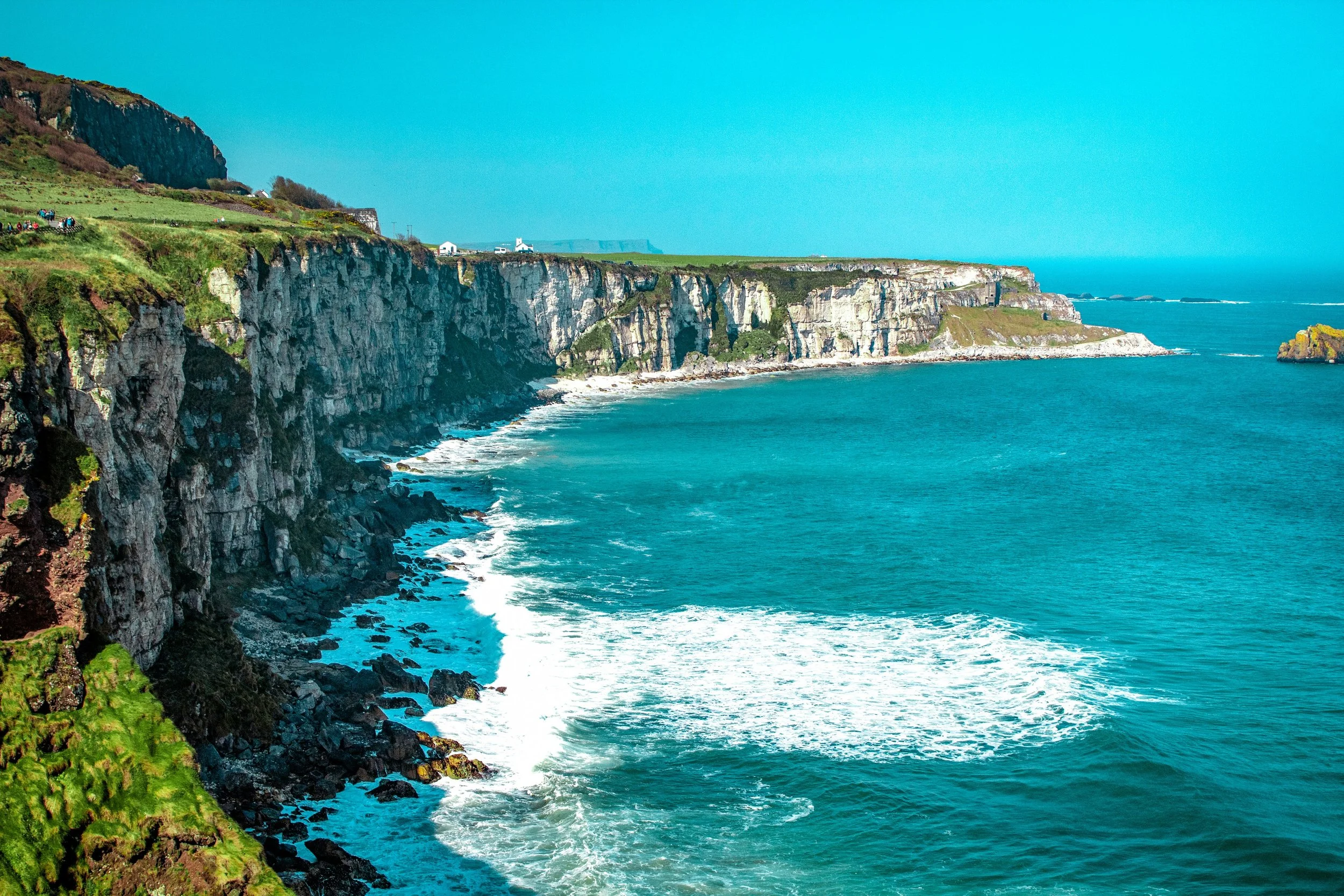Discovering Ireland’s Heart: History, Nature and the Stories Behind the Emerald Isle
There are places that reveal themselves the way a street does when you walk it often enough—slowly, through details you didn’t catch the first time. Ireland is one of those places. It doesn’t rush to impress you. Instead, it invites you to pay attention: to the sound of gravel under your shoes on a rural lane, to the way older buildings lean slightly toward the street, to the quiet exchanges between people who have known each other their whole lives.
For travellers considering the broader shape of their journey, browsing Ireland tours packages from providers like Exoticca can help outline what the island offers, but the real understanding happens when you’re standing somewhere, noticing what the place chooses to show you.
Walking Through Time: A Landscape That Keeps Its Stories Close
One of the first things you learn is that Ireland’s history is less something preserved and more something encountered. You can be walking through Dublin’s city centre, surrounded by glass façades and steady traffic, and then turn a corner into the stone hush of St. Audoen’s Church. The shift feels immediate—like stepping through a thin boundary between eras.
Further out, the Boyne Valley doesn’t present itself as a museum site so much as a lived landscape. Newgrange rises out of the fields almost casually, as if it has always been part of the rhythm of daily life. And along coastal roads, ruins appear without announcement: a tower house on a bluff, a broken archway beside a field. Ireland doesn’t isolate its history; it folds it into the routes people still take today.
The sense of time here isn’t dramatic. It’s steady. The past rests in plain sight, not demanding attention but never disappearing either.
Where Nature Sets the Terms
Ireland’s natural spaces operate in a similar way. The landscape rarely overwhelms you at first glance. Instead, it reveals different textures as you move through it. Connemara’s mountains look rugged from a distance, but up close you notice how soft the ground feels underfoot. The Burren appears stark until you see the small flowers growing between the limestone cracks. Even the Atlantic coast, often described as wild, is full of quiet details: seaweed arranged like careful brushstrokes, low walls tracing the shape of the land.
What stands out most is the pacing. Walk long enough and you realize Ireland encourages you to settle into its rhythm. It doesn’t push you along; it doesn’t stage-manage the scenery. It simply asks you to keep going, to look, to adjust to whatever the weather decides to do that hour.
Cities with a Sense of Place
Ireland’s cities aren’t defined by skylines but by character. Dublin feels layered—Georgian terraces, modern redevelopment, back alleys with murals that look like they were painted yesterday. If you walk from the Grand Canal toward Portobello, you pass neighbourhoods that shift subtly in tone: a quiet row of brick houses, a busy café on a corner, a bridge where people pause to watch the water.
Galway, on the other hand, carries its energy at street level. Shop Street can feel loud and bright, but step just a few metres away into the small lanes off the main stretch and the pace changes. The city holds both moods easily. That balance—between movement and pause—makes it easy to settle in, even briefly.
What both cities share is a sense that they’re built for people rather than spectacle. They invite wandering rather than watching.
Stories in the Details
Ireland’s storytelling culture isn’t something formal; it’s embedded in daily surroundings. A pub might have a framed photograph of a hurling team from decades ago, and that single image becomes a doorway into memories. A field name—something handwritten on a local map—carries a tale about who lived there or what once stood on that patch of ground.
These stories are not always grand, and they are rarely presented with ceremony. They appear in conversation, in passing comments, in the small moments when someone points at a hill and says, “There’s a story about that place.” It’s this understated approach that makes them feel genuine. Ireland doesn’t insist on its narrative; it simply shares it when you’re ready to hear it.
Finding Your Own Ireland
Because the country reveals itself gradually, each traveller experiences it differently. You might find yourself drawn to older neighbourhoods where stone walls mark out property lines that haven’t changed in generations. Someone else might pay more attention to the coastal footpaths, or to the way certain buildings carry the weight of both decline and renewal.
Ireland rewards curiosity. If you take a detour, chances are it will lead somewhere worth seeing—not necessarily dramatic, but meaningful in a quiet way.
A Place Best Understood at Walking Pace
Ireland’s appeal doesn’t come from its scale or its landmarks; it comes from how the landscape, cities and history all remain accessible. The country is full of things that don’t need embellishment: a village street that keeps its original shopfronts, a shoreline shaped by centuries of wind, a church still standing because someone cared enough to maintain it.
The more time you spend here, the more Ireland feels like a place that asks only one thing: slow down. Look again. Let the details do the talking.
And in that slower pace, you begin to see why the island stays with people long after they leave—not because it overwhelms, but because it invites you in with a steady, thoughtful openness.

